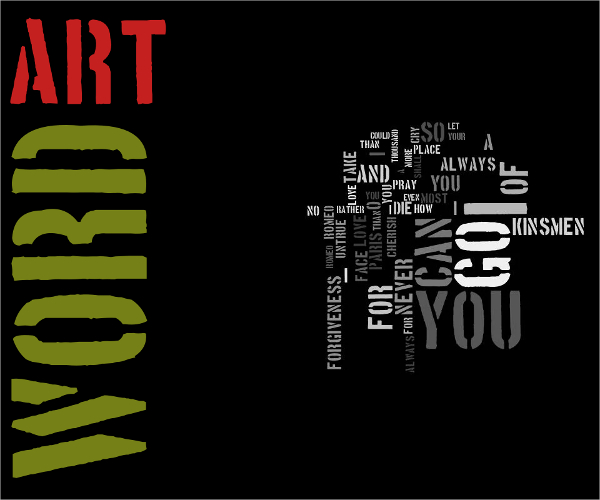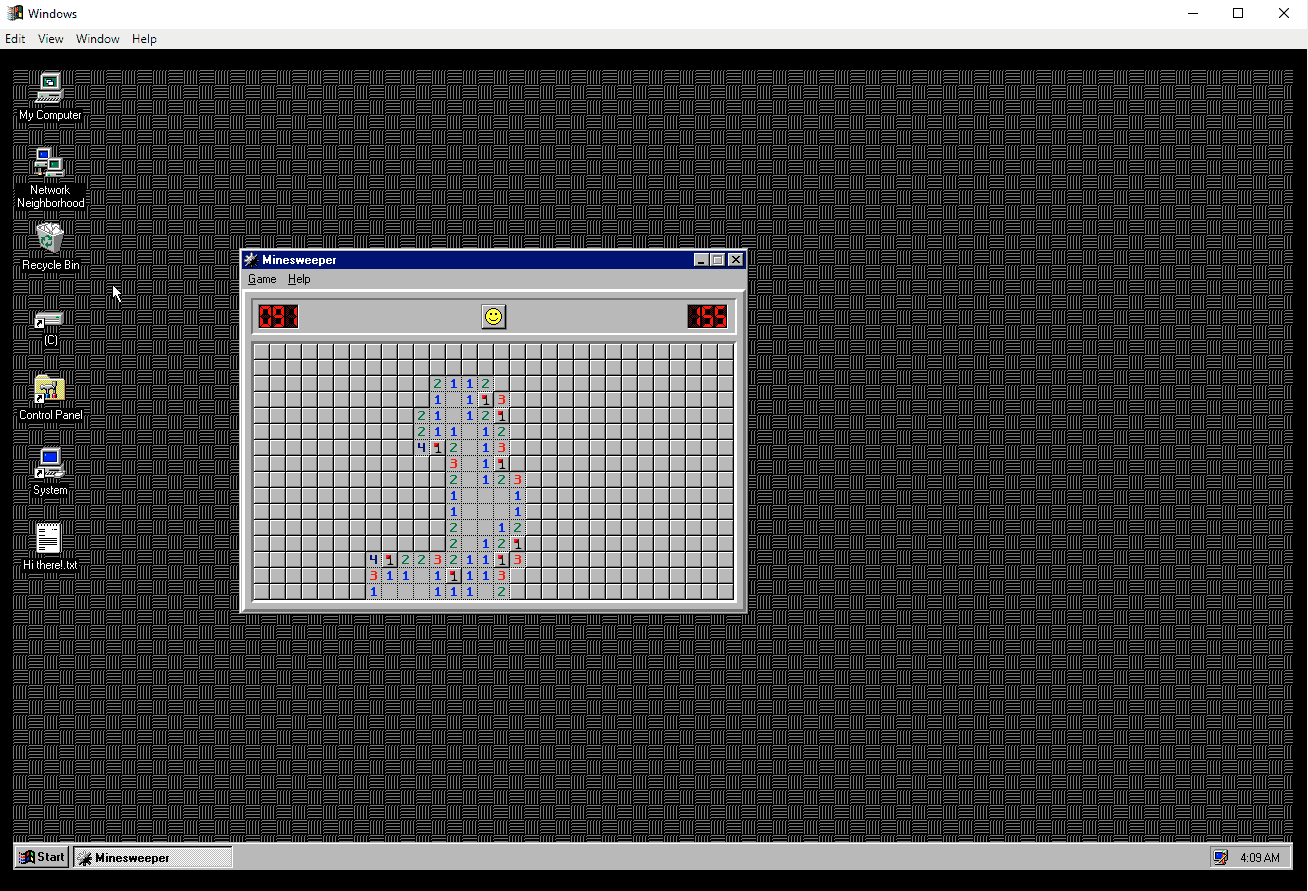- Can I Run A Windows Program On A Mac
- Download Windows On A Mac
- Use Mac Software On Windows
- Install Mac Program On Windows
- Can I Install A Windows Software On Mac Windows 10
- Can I Run A Windows Program On My Mac
- Can I Run Windows Software On A Mac
Jan 09, 2020 How to Install Mac OS X on PC. If you want to install Mac on PC, you have two basic options how to do it: you can either install the Mac OS X operating system directly on a drive or use a Mac emulator for Windows. The former option gives you the best performance you can get, while the latter option is a lot simpler. Windows 10 brings new excitement to Mac computers. Dong Ngo/CNET While you have both Mac OS and Windows 10 on the same machine, you can only run one of them at a time.
What you need to install Windows 10 on Mac
- MacBook introduced in 2015 or later
- MacBook Air introduced in 2012 or later
- MacBook Pro introduced in 2012 or later
- Mac mini introduced in 2012 or later
- iMac introduced in 2012 or later1
- iMac Pro (all models)
- Mac Pro introduced in 2013 or later
The latest macOS updates, which can include updates to Boot Camp Assistant. You will use Boot Camp Assistant to install Windows 10.
64GB or more free storage space on your Mac startup disk:
- Your Mac can have as little as 64GB of free storage space, but at least 128GB of free storage space provides the best experience. Automatic Windows updates require that much space or more.
- If you have an iMac Pro or Mac Pro with 128GB of memory (RAM) or more, your startup disk needs at least as much free storage space as your Mac has memory.2
An external USB flash drive with a storage capacity of 16GB or more, unless you're using a Mac that doesn't need a flash drive to install Windows.
A 64-bit version of Windows 10 Home or Windows 10 Pro on a disk image (ISO) or other installation media. If installing Windows on your Mac for the first time, this must be a full version of Windows, not an upgrade.
Firmware and Software Downloads Current Versions. RAIDiator Version 4.1.16 (for ReadyNAS 1100/Duo v1/NV+ v1) Download. File size: 54 MB Release Notes. Previous Versions. RAIDiator Version 4.1.15 (for ReadyNAS 1100/Duo v1/NV+ v1) Download. File size: 54 MB. With NETGEAR ProSupport for Home, extend your warranty entitlement. Dec 10, 2008 The Netgear ReadyNAS NV+ is an excellent combination of small-business RAID muscle, gigabit throughput, and home-oriented media features. If you have a diskless ReadyNAS storage system, you must first install and format at least one disk before you can use RAIDar or Dashboard. For more information, see the ReadyNAS Duo v2 and NV+ v2 Hardware Manual. To obtain support from NETGEAR technical support, you must use disks included on the Hardware Compatibility List in your ReadyNAS. Firmware and Software Downloads Current Versions. RAIDiator-arm Version 5.3.13 (for ReadyNAS Duo v2/NV+ v2). RAIDiator-arm Version 5.3.9 (for ReadyNAS Duo v2/NV+ v2) Download. File size: 84.1 MB. With NETGEAR ProSupport for Home, extend your warranty entitlement and support coverage further and get access to experts you. To manually install add-ons for all ReadyNAS devices, download the applicable package from ReadyNAS Apps & Add-ons. SNMP MIB for ReadyNAS OS 6 devices can be downloaded directly from the management interface by going to System Settings SNMP and clicking on the Download MIB button in the SNMP settings pop-up. RAIDiator SNMP MIB. Readynas nv+ download.
- If your copy of Windows came on a USB flash drive, or you have a Windows product key and no installation disc, download a Windows 10 disk image from Microsoft.
- If your copy of Windows came on a DVD, you might need to create a disk image of that DVD.
How to install Windows 10 on Mac
To install Windows, use Boot Camp Assistant, which is included with your Mac.
1. Use Boot Camp Assistant to create a Windows partition
Open Boot Camp Assistant, which is in the Utilities folder of your Applications folder. Then follow the onscreen instructions.
Can I Run A Windows Program On A Mac

- If you're asked to insert a USB drive, plug your USB flash drive into your Mac. Boot Camp Assistant will use it to create a bootable USB drive for Windows installation.
- When Boot Camp Assistant asks you to set the size of the Windows partition, remember the minimum storage-space requirements in the previous section. Set a partition size that meets your needs, because you can't change its size later.
2. Format the Windows (BOOTCAMP) partition
When Boot Camp Assistant finishes, your Mac restarts to the Windows installer. If the installer asks where to install Windows, select the BOOTCAMP partition and click Format. In most cases, the installer selects and formats the BOOTCAMP partition automatically.
3. Install Windows
Unplug any external devices that aren't necessary during installation. Then click Next and follow the onscreen instructions to begin installing Windows.
4. Use the Boot Camp installer in Windows
After Windows installation completes, your Mac starts up in Windows and opens a ”Welcome to the Boot Camp installer” window. Follow the onscreen instructions to install Boot Camp and Windows support software (drivers). You will be asked to restart when done.
- If the Boot Camp installer never opens, open the Boot Camp installer manually and use it to complete Boot Camp installation.
- If you have an external display connected to a Thunderbolt 3 port on your Mac, the display will be blank (black, gray, or blue) for up to 2 minutes during installation.

How to switch between Windows and macOS
Restart, then press and hold the Option (or Alt) ⌥ key during startup to switch between Windows and macOS.
Learn more
Download Windows On A Mac
If you have one of these Mac models using OS X El Capitan 10.11 or later, you don't need a USB flash drive to install Windows:
- MacBook introduced in 2015 or later
- MacBook Air introduced in 2017 or later3
- MacBook Pro introduced in 2015 or later3
- iMac introduced in 2015 or later
- iMac Pro (all models)
- Mac Pro introduced in late 2013
Use Mac Software On Windows
To remove Windows from your Mac, use Boot Camp Assistant, not any other utility.
For more information about using Windows on your Mac, open Boot Camp Assistant and click the Open Boot Camp Help button.
1. If you're using an iMac (Retina 5K, 27-inch, Late 2014) or iMac (27-inch, Late 2013) or iMac (27-inch, Late 2012) with a 3TB hard drive and macOS Mojave or later, learn about an alert you might see during installation.
2. For example, if your Mac has 128GB of memory, its startup disk must have at least 128GB of storage space available for Windows. To see how much memory your Mac has, choose Apple menu > About This Mac. To see how much storage space is available, click the Storage tab in the same window.
3. These Mac models were offered with 128GB hard drives as an option. Apple recommends 256GB or larger hard drives so that you can create a Boot Camp partition of at least 128GB.
Lesson 21: Installing Software on Your Mac
Install Mac Program On Windows
/en/basic-computer-skills/installing-software-on-your-windows-pc/content/
Installing software on your Mac
Your computer allows you to do some really amazing things. Digital photo editing, sophisticated computer gaming, video streaming—all of these things are possible because of different types of software. Developers are always creating new software applications, which allow you to do even more with your computer.
Can I Install A Windows Software On Mac Windows 10
Installing from a CD-ROM
From the mid-1990s through the late 2000s, the most common way to get new software was to purchase a CD-ROM. You could then insert the disc, and the computer would walk you through through the installation.
Now, almost all software has moved away from this model. In fact, Apple no longer sells computers that include a CD-ROM drive.
Installing software from the Web
Today, the most common way to get new software is to download it from the Internet. Applications like Microsoft Office and Adobe Photoshop can now be purchased and downloaded right to your computer. You can also install free software this way. For example, if you wanted to install the Google Chrome web browser, you could visit this page and click the Download button.
The installation file will usually be saved to your computer in the .dmg format. Pronounced dot d-m-g, this is the standard extension for installation files on Mac computers. You can follow the steps below to install an application from a .dmg file.
- Locate and download a .dmg file.
- Locate and select the .dmg file. (It will usually be in your Downloads folder.)
- A dialog box will appear. Click and drag the icon to your Applications folder.
- The application is now installed. You can double-click the icon to open the program.
- On the desktop, there will probably be a disk drive icon with the name of the application. This is known as a volume, and it is not needed after the application has been installed. You can simply drag it into the Trash on the dock.
Some applications will use the .pkg extension instead of .dmg—in this case, you can simply follow the instructions to install the software.
Tips for finding software
In our experience, the easiest way to find new software is to search the Web. For example, if you were looking for a way to edit some personal photos on your computer, you could run a Google search for free photo-editing software. https://serieslucky.netlify.app/hp-photosmart-app-for-mac.html. If you're not exactly sure what kind of software you're looking for, try describing the tasks you want to complete. For example, if you wanted a way to create to-do lists and organize your appointments, you might search for something like free calendar organizer software.
Can I Run A Windows Program On My Mac
The Mac App Store
If you're using macOS, you can download and install software from the Mac App Store. The Mac App Store is meant to simplify the process of locating and installing software from third-party developers—when you find an app, you won't have to do any extra work to install it.
Can I Run Windows Software On A Mac
/en/basic-computer-skills/uninstalling-software-from-your-windows-pc/content/
Comments are closed.